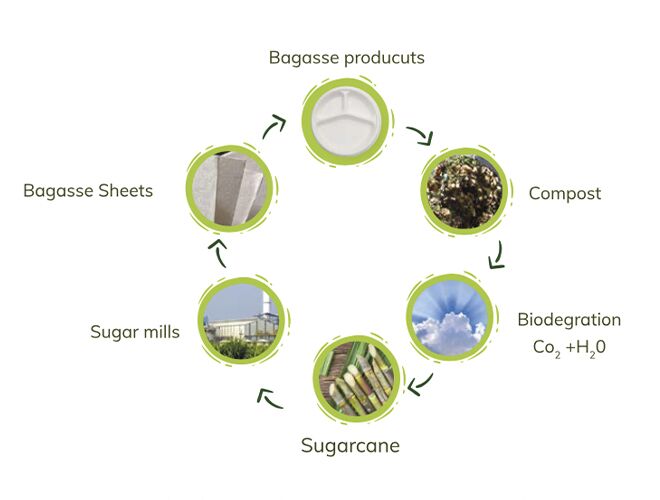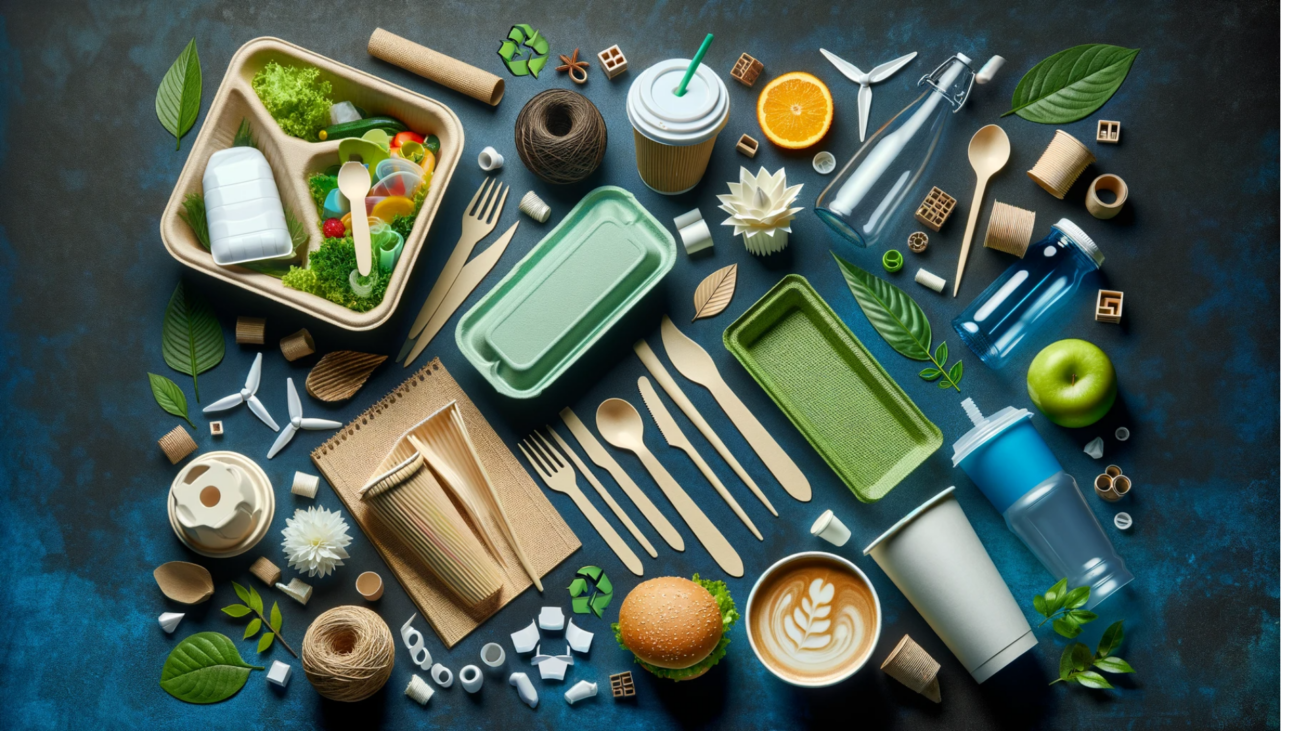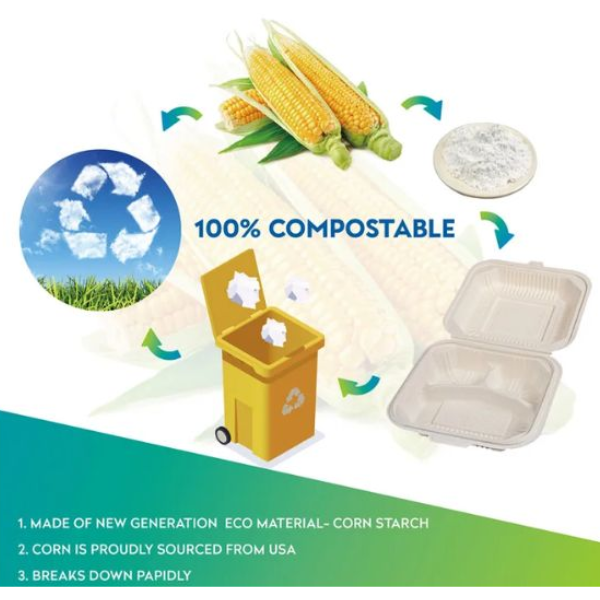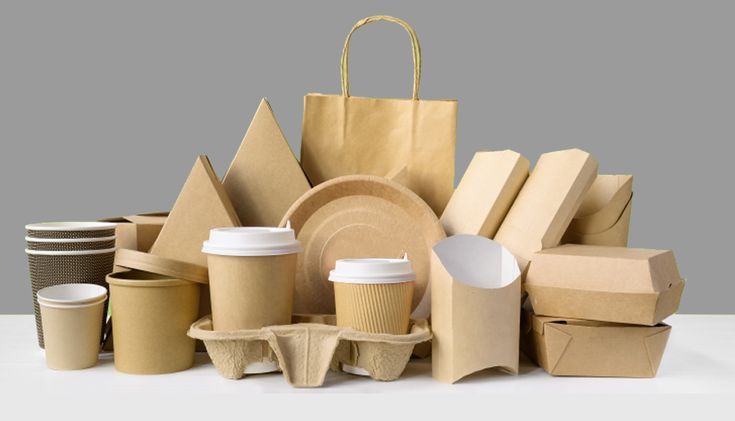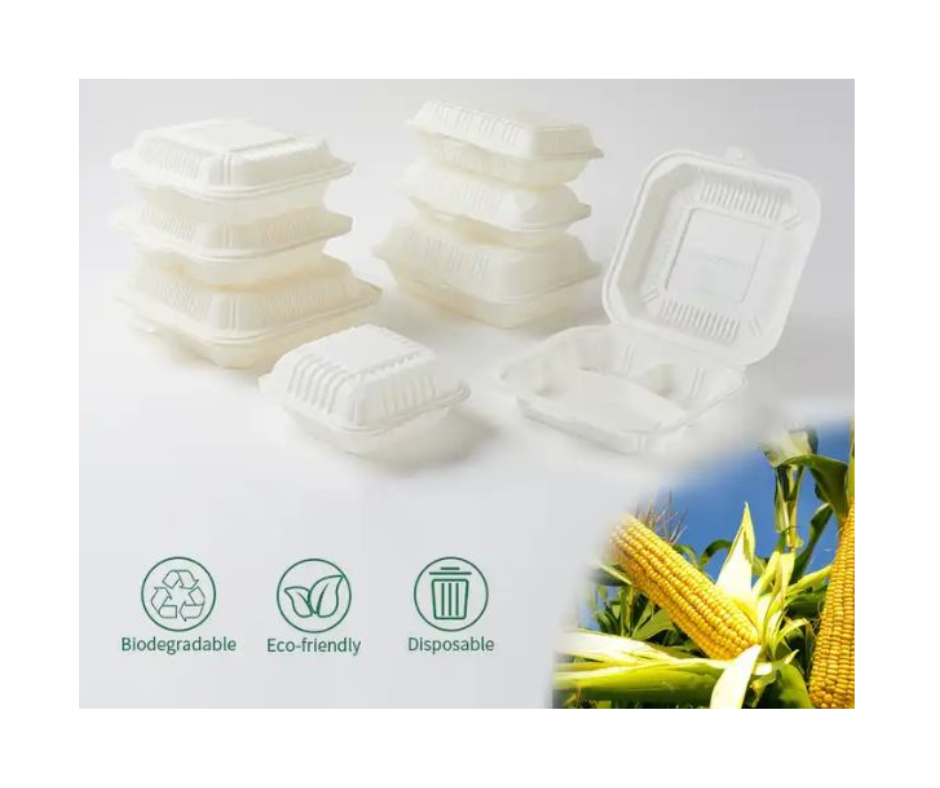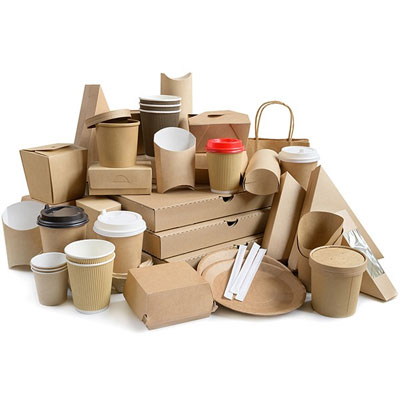How to Transition to Compostable Packaging: A Step-by-Step Guide
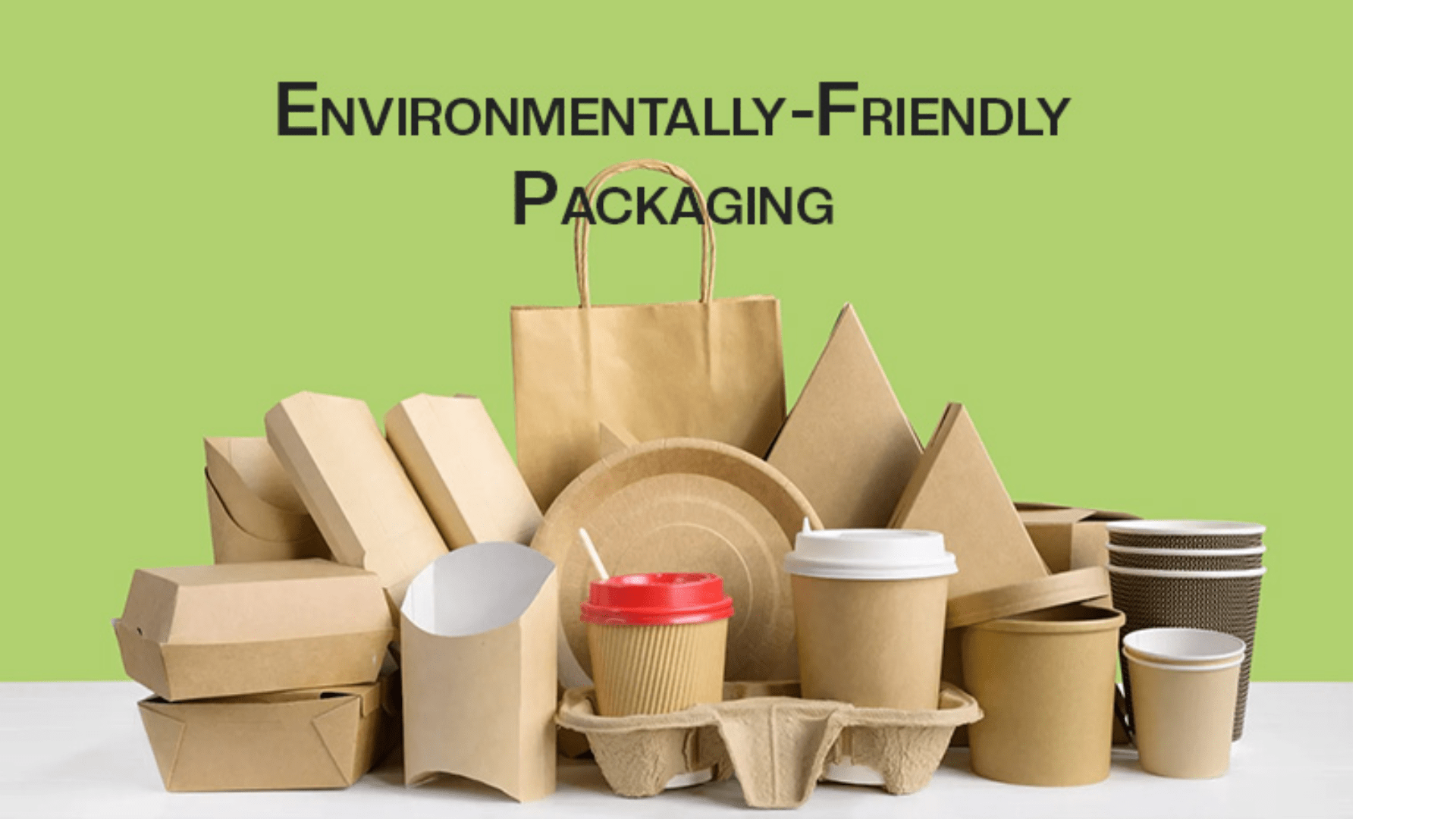
How to Transition to Compostable Packaging: A Step-by-Step Guide
As more businesses strive to meet environmental goals, switching to compostable packaging has become a crucial step in reducing waste and contributing to sustainability. Compostable packaging breaks down naturally in composting environments, unlike conventional plastic packaging, which can persist in landfills for hundreds of years. For businesses looking to make the switch, the transition to compostable packaging is not only an environmentally responsible choice but also a move that can enhance brand image and appeal to eco-conscious consumers.
In this step-by-step guide, we’ll walk you through how to transition your business to compostable packaging, from evaluating material options to implementing your new practices.
Step 1: Understand the Benefits of Compostable Packaging
Before making any changes, it’s essential to understand why compostable packaging is a beneficial choice for your business:
- Environmental Impact: Compostable materials break down into natural components, reducing waste and preventing pollution. Unlike plastic, they don’t contribute to long-term landfill waste.
- Consumer Demand: More consumers are choosing brands that prioritize sustainability. Offering eco-friendly packaging can increase customer loyalty and attract environmentally conscious buyers.
- Regulatory Compliance: As governments around the world enact stricter regulations on plastic use, switching to compostable packaging can help your business stay ahead of potential legislation.
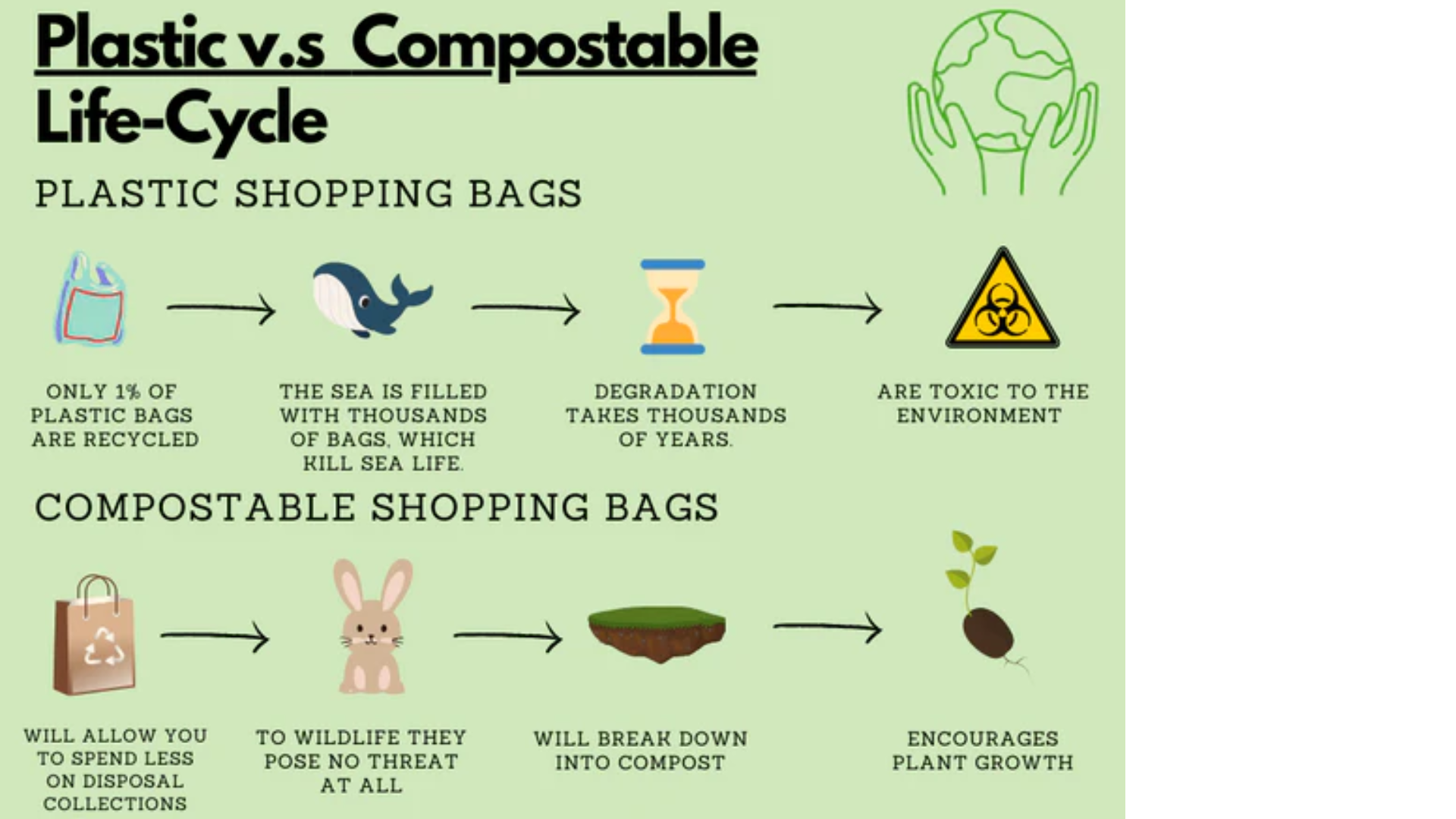
Start by evaluating your current packaging and identifying which items can be replaced with compostable alternatives. Consider:
- Product Types: What types of food or items do you sell? Are there specific products that require different packaging, such as liquids, greasy foods, or delicate items?
- Volume of Packaging: How much packaging do you use regularly? Transitioning to compostable packaging can be an investment, so understanding your current packaging usage helps you plan for costs and quantity.
- Shelf Life and Storage: Ensure that your chosen compostable materials meet the necessary durability requirements. Some compostable packaging materials may have different shelf-life characteristics compared to plastic, so this must be factored into your decision.
Step 3: Research Compostable Packaging Materials
There are several options for compostable food packaging materials available. The key is selecting the ones that best suit your business’s needs while ensuring they align with your sustainability goals. Common compostable materials include:
- PLA (Polylactic Acid): Made from plant-based materials like corn starch, PLA is a popular option for clear cups, food containers, and lids.
- Bagasse: A byproduct of sugarcane, bagasse is biodegradable and commonly used for food containers, plates, and bowls.
- Kraft Paper: Used for wrapping and food bags, Kraft paper is recyclable and compostable. It can be a great alternative to plastic bags.
- Molded Fiber: Made from recycled paper and cardboard, molded fiber is used for trays, containers, and clamshell boxes.
- Palm Leaf: A unique option that’s both durable and compostable, palm leaf is commonly used for plates and trays.
- Edible Packaging: An innovative choice, edible packaging can be used in some food applications and is biodegradable as well as compostable.
Step 4: Ensure Packaging Certifications
Not all compostable packaging materials are created equal. When choosing compostable products for your business, look for third-party certifications that ensure the packaging meets industry standards for biodegradability. Key certifications to look for include:
- BPI (Biodegradable Products Institute): BPI certification ensures that the packaging is compostable in municipal and industrial composting facilities.
- OK Compost: A certification indicating the packaging meets European standards for industrial composting.
- Compostable Logo: The compostable logo helps indicate that the packaging will break down in appropriate composting environments.
Choosing certified packaging will help ensure that the materials you are using meet the necessary environmental standards and can be disposed of properly.
Step 5: Plan the Transition Timeline
Switching to compostable packaging is not an overnight process. It requires time to research, order new packaging, and train employees. Develop a clear timeline for the transition, including:
- Inventory Assessment: Start by conducting an inventory of your existing packaging and determining how much you need to replace.
- Vendor Sourcing: Identify suppliers of compostable materials and get quotes. Compare prices, delivery timelines, and packaging options to find the best fit.
- Testing Period: Run a trial period using compostable packaging in your business. Test the durability and performance of the packaging to ensure it meets your needs and customer expectations.
- Implementation: Once you’ve completed the trial period, implement the new compostable packaging across all relevant products.
Step 6: Train Your Staff
- For a successful transition, it’s important that all team members are on board with the change. Educate your staff about the benefits of compostable packaging and how to handle the new materials. This includes:
- Proper Use and Handling: Some compostable packaging materials require specific handling, such as avoiding exposure to moisture or heat.
- Customer Communication: Make sure employees can clearly communicate to customers that the new packaging is compostable and eco-friendly.
- Waste Sorting: Ensure your staff understands how to properly dispose of compostable materials and separate them from non-compostable waste.
Step 7: Communicate Your Sustainability Efforts
One of the most important steps in transitioning to compostable packaging is letting your customers know. Use your website, social media channels, and in-store signage to communicate that your business is now using compostable packaging.
Be transparent about the benefits of switching and how it fits into your overall sustainability goals. This will help build your brand’s reputation as an eco-conscious business and attract customers who value sustainability. You could also consider promoting your efforts with an eco-friendly logo or messaging on the packaging itself.
Step 8: Monitor and Adjust
Once you’ve transitioned to compostable packaging, keep track of how things are going. This includes monitoring:
- Customer Feedback: Are customers noticing the change? Are they supportive of the switch to compostable packaging?
- Operational Performance: Are there any challenges with storage, handling, or performance of the compostable materials?
- Cost Analysis: How do the costs of compostable packaging compare to traditional packaging? Are there opportunities for cost-saving without compromising sustainability?
Make adjustments as needed, whether that involves tweaking your packaging choices or improving operational processes.
Conclusion: A Sustainable Future for Your Business
Transitioning to compostable packaging is an important step for any business looking to reduce its environmental footprint and meet the growing demand for sustainable practices. While it requires careful planning and investment, the benefits — from improving brand reputation to attracting eco-conscious consumers — far outweigh the challenges.
By following this step-by-step guide, your business can seamlessly transition to compostable packaging, enhance sustainability efforts, and set the stage for long-term success in a greener future.

